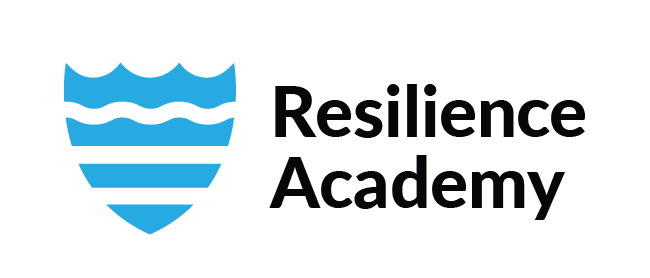A Handbook for Community Urban Risk Mapping
The activities undertaken by Ramani Huria over the last four years stood as a model for a Handbook for Community Urban Risk Mapping. By helping communities to map residential areas, roads, streams, floodplains, and other relevant features, projects like Dar Ramani Huria bring disaster prevention and response to areas that were previously off the map, literally. Doing so brings awareness of the need for flood prevention and risk reduction to the local level, while teaching participants valuable computer and mapping skills that they can put to use elsewhere.
The handbook addresses the process of community risk mapping as it was created in the context of Ramani Huria in Dar es Salaam. It is however not a mere summary or one-to one recording of the work done by Ramani Huria. Ramani Huria has become bigger that its original purpose. The process has already been exported to different arenas, in Tanzania and abroad, where it was used to create maps for post-earthquake disaster relief and disease control. The handbook therefore explains and illustrates the main elements of community risk mapping in a way that we hope it can assist others to implement such community and risk-oriented mapping projects elsewhere.
The handbook is available for download from this website and is also included in a free online course.
The course
On the basis of the same practical lessons learned from Dar Ramani Huria an open online course has been established. The ‘Handbook for Community Urban Risk Mapping’ provides similar content to this course, but in a more narrative format. The course includes the concepts covered by Ramani Huria, structured as a self-learning course. The materials can be used by universities and schools to complement their curricula that are for instance related to geo-information science and urban planning. It provides basic and more advanced materials which allow it to be used as an entry-level course, but it also provides deeper knowledge and tools for those with substantial prior knowledge and education in the subjects. Some of the technical subjects mentioned in the handbook are therefore covered more in-depth in the online courseThe course is placed in the CANVAS learning Management System, allowing a global dissemination. If you want to take a look at the course you can access it here. You are free to take the course after a quick registration. The material is primarily designed to be taught by professionals who already have some knowledge and experience in open source mapping applications. If you already study in Tanzania in one of the topics related to community risk mapping you are likely to be confronted with this material by your teachers. The contents is however not about Tanzania per se. The processes explained are adaptable to many urban environments that are exposed to risks that affect the well-being of the urban community. Therefore, in case you would like to learn more about this subject or earn a certificate for the skills learned, do alert your teachers about this course.
